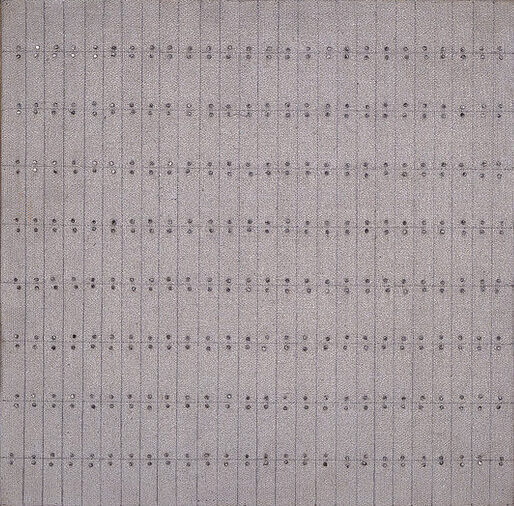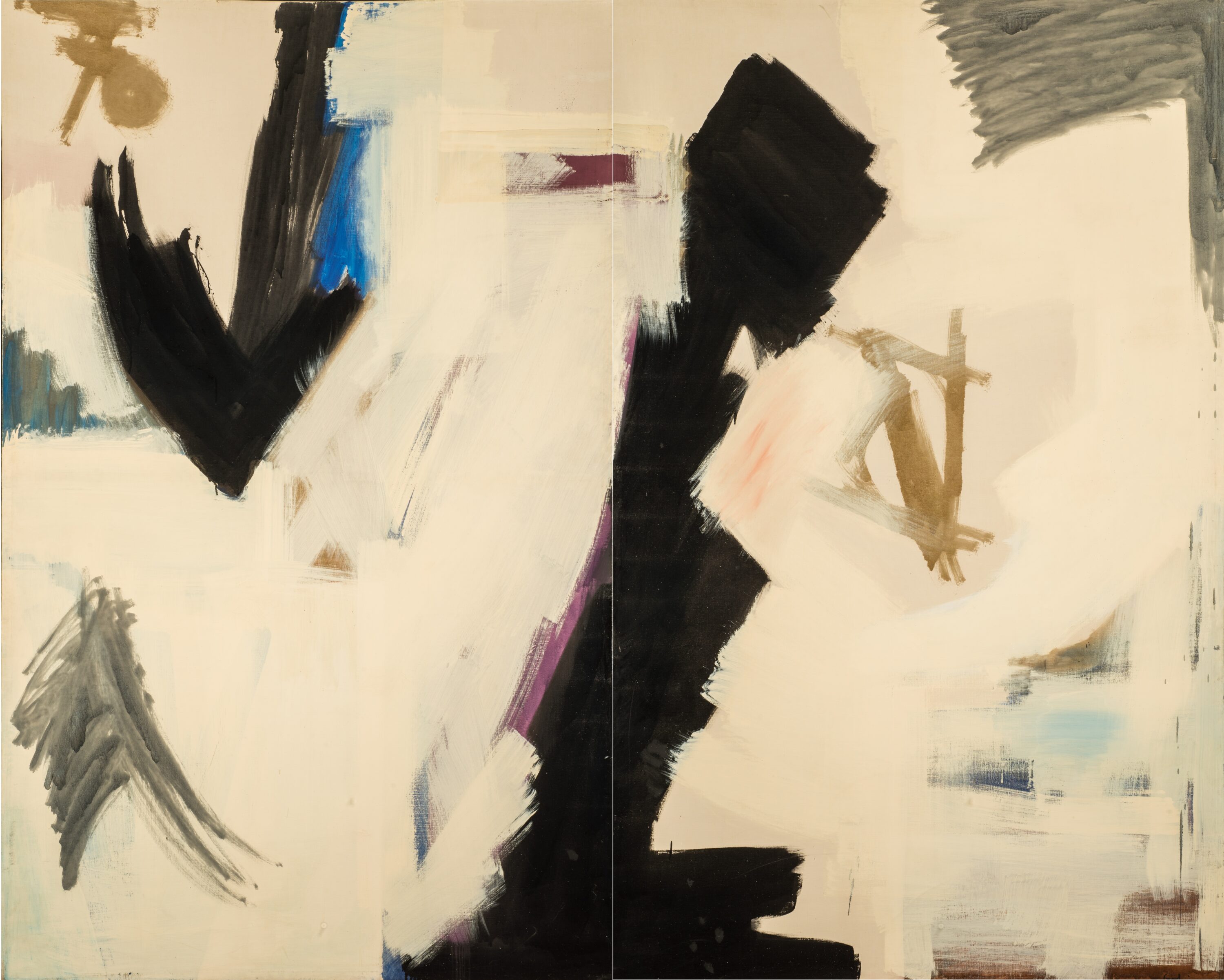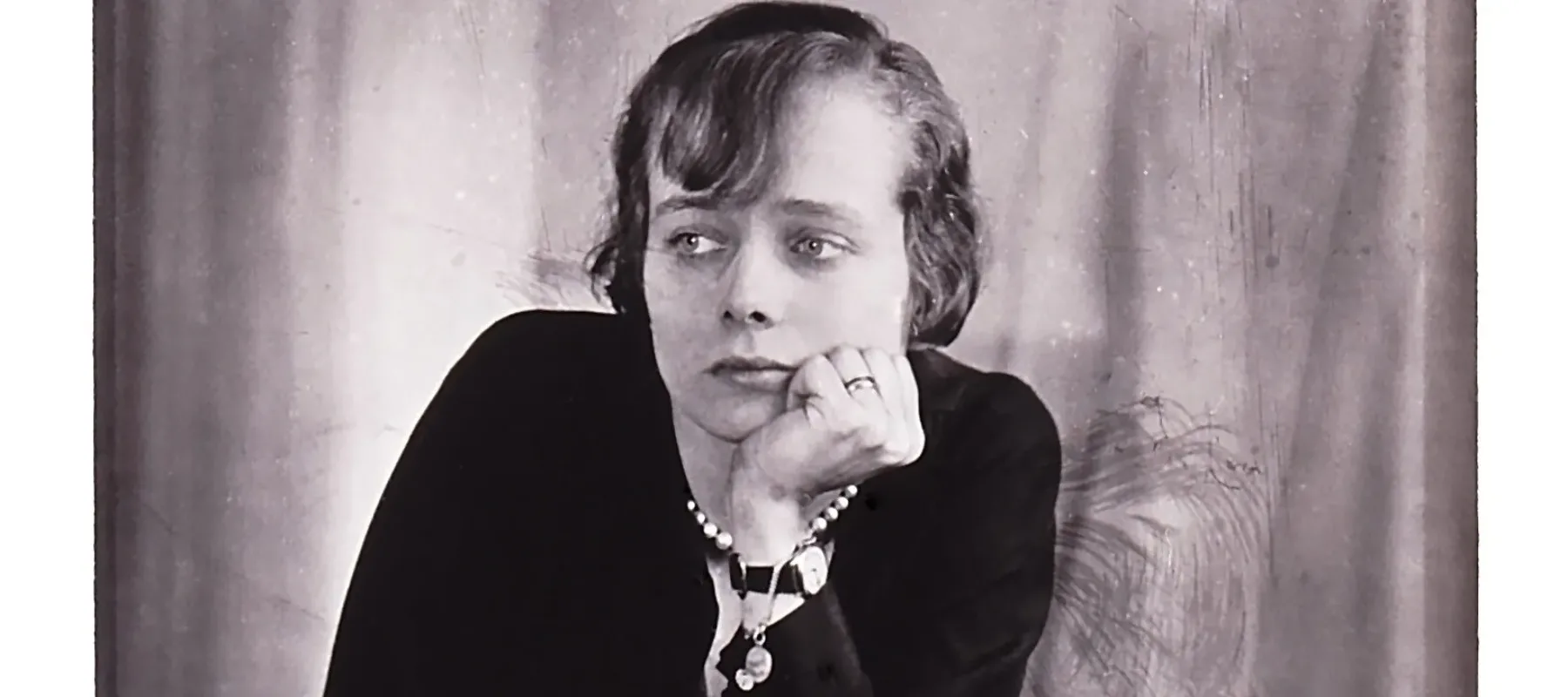Betty Parsons (1900–1982), American artist and New York City (NYC) gallerist, was known as the “den mother of Abstract Expressionism.” Her art world savvy, curatorial chops, and promotional prowess propelled the careers of male avant-garde artists including Barnett Newman, Jackson Pollock, Mark Rothko, and Clyfford Still.
Parsons also championed underrepresented artists—showing work by women; gay, lesbian, and bisexual artists; and artists of color—at a time when many major galleries would not.
Stain painter Helen Frankenthaler (1928–2011) said of Parsons’s work: “Betty and her gallery helped construct the center of the art world. She was one of the last of her breed.”
Impress your friends with five fast facts about Parsons and the women she supported, all of whom have work in NMWA’s collection.
1. Hedda Sterne (1910–2011)
Romanian-born Hedda Sterne immigrated to the United States in 1941, settling in NYC. In 1943, Peggy Guggenheim included her work in Exhibition by 31 Women, one of the first shows to exclusively feature women artists. The same year, she began a nearly 40-year professional relationship with Betty Parsons.
2. Agnes Martin (1912–2004)
At Parsons’s invitation and insistence, New Mexico-based Agnes Martin moved to Manhattan in 1957. A year later, Parsons mounted Martin’s first NYC exhibition, putting the grid-mesmerized artist on the map. During her 10-year stint in the city, Martin developed her signature style and wove a tight relationship with fiber artist Lenore Tawney (1907–2007).

3. Toko Shinoda (1913–2021)
Brave enough to bend the rules, Japanese artist Toko Shinoda merged traditional Eastern calligraphic tools and techniques with modern Western gestural abstraction. Through tenacious renewals of short-term travel visas issued to unmarried women, Shinoda lived in NYC from 1956 to 1958. During this time, Parsons sold the artist’s work to major collectors.
4. Judith Godwin (1930–2021)
In 1957, Abstract Expressionist Judith Godwin became the youngest woman to show at Parsons’s gallery. Two years later, she painted Epic (1959), a monumental diptych now in NMWA’s collection. Epic showcases the grand gestural brushstrokes Godwin became known for, which channeled the movements of her lifelong friend, modern dancer and choreographer Martha Graham (1894–1991).

5. Beverly Buchanan (1940–2015)
Parsons showed the work of African American artist Beverly Buchanan in a 1970s group exhibition, which proved a turning point for Buchanan’s career. Buchanan became known for her two- and three-dimensional “shack portraits,” which often incorporated vibrant colors and found wood, much like Parsons’s own work.
